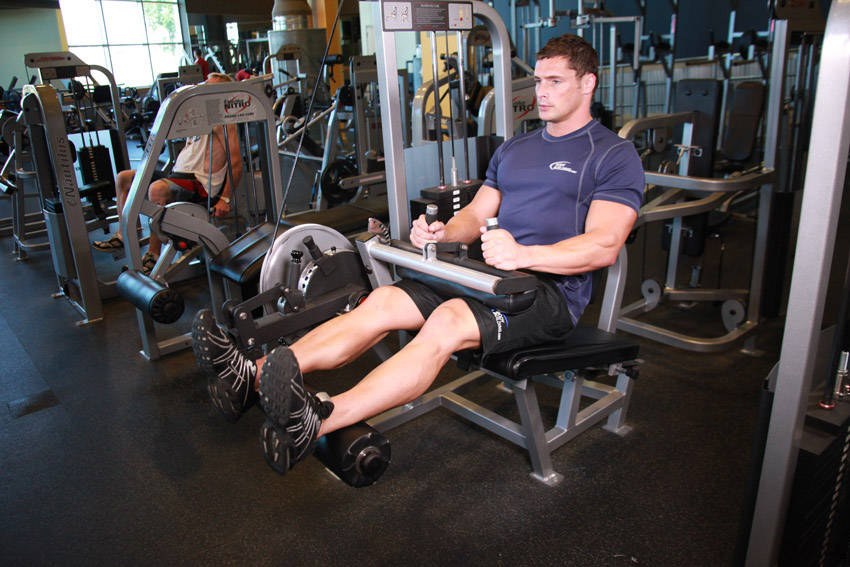So you’ve had an injury and now you’re ready to start the process of getting back to your best.
Where do you start and how do you decide which exercises to use?

The transition from the treatment table to the gym is where many people find themselves taking one step forwards and two back.
There’s a good reason for this.
I recently read a physiotherapist describe this part of the rehab process as part art and part science.
It’s nothing of the sort. Or at least it shouldn’t be.
Art is subjective and expresses knowledge, whilst science is objective and is how we aquire knowledge.
In these terms the former relates more to what the rehab professional thinks exists, whilst the later is more concerned with what actually is.
This is very important.
Exercise selection in injury rehab should be based on getting weak muscles stronger.
To make sure this is as much science as possible, we need to understand two things.
1) Exactly what’s weak. This will be different for every person no matter the injury.
2) Exercise mechanics. Understanding precisely what’s going on at each joint and the challenge that represents to the muscles concerned when we apply an exercise is critical.
These are the two biggest variables in exercise selection and the two things that are most frequently overlooked.
Hence the unreliable outcomes.
So how can you use this information to your benefit?
First understand that the backward steps you take in your rehab are the result of mistakes in exercise prescription and not bad luck or God’s will. This information alone is empowering.
Most regressions you suffer are the result of too much force being applied to muscles and joints. With that in mind think how you can make the exercise easier to gain benefit.
Reduce the resistance, decrease the size of the moment arm, or reduce the number of joints involved in the exercise.
Remember where there is pain there is little chance of any gain.
It’s your body’s way of telling you something isn’t right.
Second, look further than the specific area you are trying to improve. You’ll be surprised how quickly gains can be made by training areas both above and below the orginal site of injury.
For example, if you’re trying to rehab your knee look to target your ankle, hip and trunk as part of that process.
Exercise selection is all about science. Suggesting it is any part art is misleading at best.